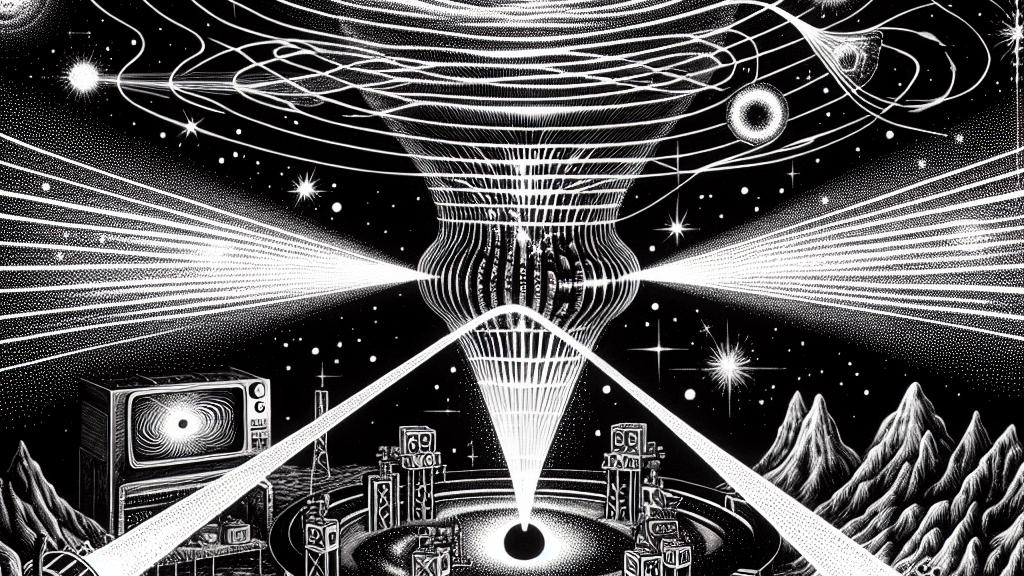Enhancing Gravitational Wave Detection through Squeezed Light Technology
Overview
- The LIGO team has made monumental advances in detecting gravitational waves with a cutting-edge squeezed light system.
- This innovative technology has resulted in a dramatic doubling of detectable gravitational wave events.
- The implications for cosmic exploration are profound, unleashing new possibilities to understand the universe.

Innovative Advances in the U.S.
Situated at the forefront of physics in the United States, the Laser Interferometer Gravitational-Wave Observatory, known as LIGO, has achieved a remarkable breakthrough that is changing the landscape of astrophysics. Recently, researchers ingeniously developed a squeezed light system—a sophisticated approach that enhances sensitivity and allows for heightened detection of gravitational waves. To grasp the significance, consider this: gravitational waves are produced by some of the universe's most cataclysmic events, such as the collision of black holes or the explosion of massive stars. LIGO's ability to detect these waves rests on the manipulation of laser beams, where light is intentionally 'squeezed' to reduce quantum noise interference, a persistent barrier that has challenged astronomers for years. This manipulation means that LIGO can discern even the slightest changes in the path of laser beams caused by these cosmic ripples, enabling scientists to gather invaluable data about phenomena taking place across vast distances—some of which occurred billions of years ago.
Doubling Detection Rates
The fruits of this technological advancement are evidenced by an extraordinary development: the number of detected gravitational waves has effectively doubled. This doubling isn’t merely a statistic—it symbolizes a revolutionary leap forward in our understanding of the cosmos. With LIGO's newly enhanced abilities, researchers are now better equipped to study various enigmatic cosmic events, such as the mergers of black holes and the collisions of neutron stars. For instance, these black hole mergers, which were once an elusive mystery, are now within reach, allowing scientists to explore the dynamics of these powerful interactions that shape our universe. Moreover, the ability to capture such events from different angles means that we can begin to refine our models of how galaxies formed and evolved over time. The implications are staggering, as this newly acquired data provides a glimpse into the universe's history and its most dramatic moments—capturing echoes of events that have shaped our understanding of existence.
Broader Cosmic Investigations Ahead
Looking forward, the implications of using squeezed light technology are nothing short of exhilarating. As LIGO embarks on its ongoing observing runs, the enhanced sensitivity sets the stage for unlocking some of the universe's greatest secrets. Imagine the possibilities: with increased detection rates, researchers are on the brink of discovering ancient cosmic phenomena, such as supernova explosions that lit up the night sky billions of years ago, or insights into the mysterious formation of the first stars in the aftermath of the Big Bang. This is not merely an incremental advancement but a significant transformational leap that invites wonder and curiosity about the cosmos. The scientific community is abuzz with excitement, as each new discovery in gravitational wave astrophysics could potentially rewrite textbooks on cosmology. The dedication and collaborative effort of the global scientific community in harnessing such groundbreaking techniques not only enhance our understanding of the physical laws governing our universe but also invoke a profound sense of shared purpose as we strive to explore the vast unknown—a true testament to human curiosity and ingenuity.

Loading...